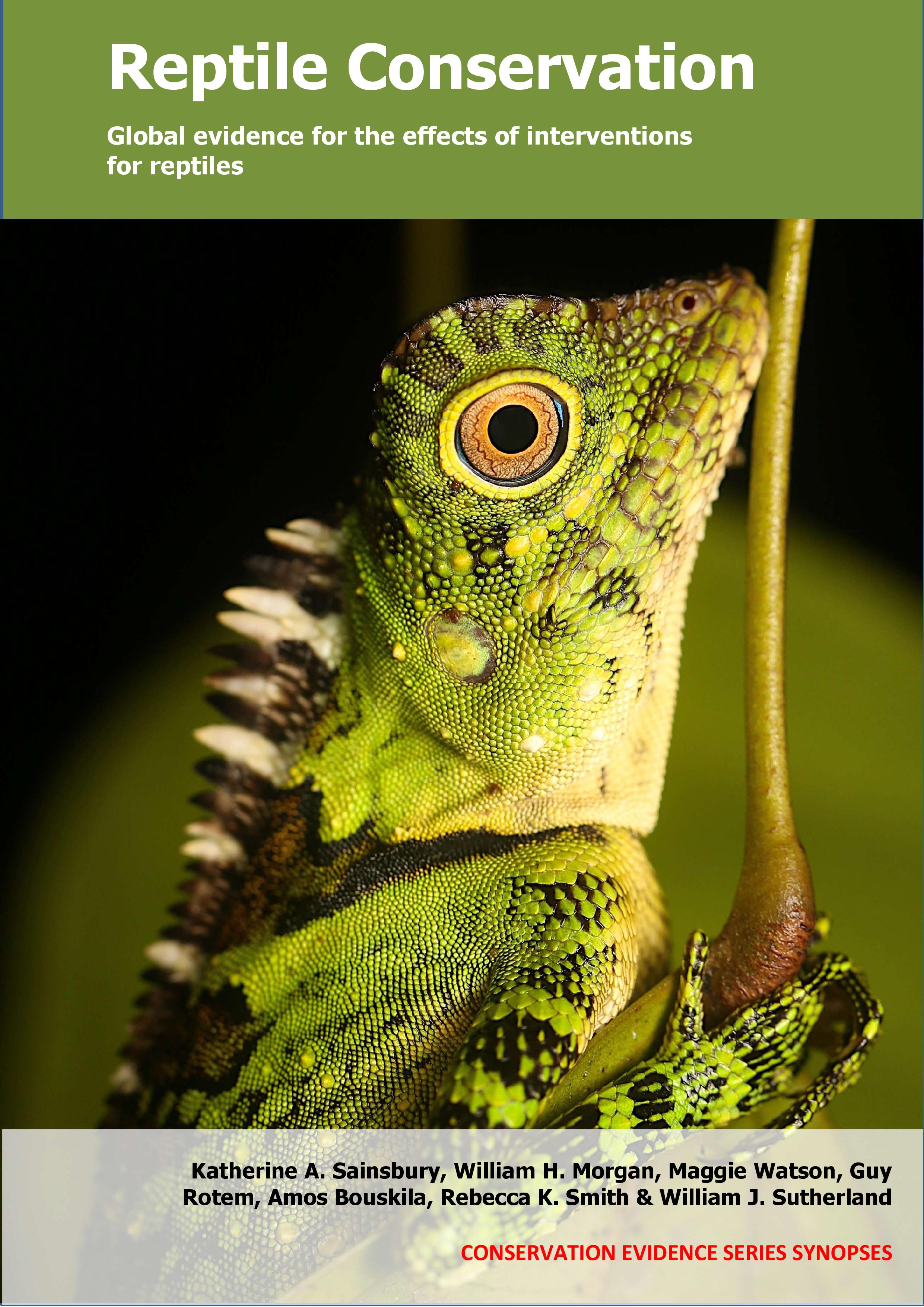Use non-offset hooks
-
Overall effectiveness category Awaiting assessment
-
Number of studies: 2
View assessment score
Hide assessment score
How is the evidence assessed?
-
Effectiveness
not assessed -
Certainty
not assessed -
Harms
not assessed
Study locations
Supporting evidence from individual studies
A replicated, paired study in 2004–2006 in pelagic waters in the Gulf of Papagayo, Costa Rica (Swimmer et al. 2010) found that using non-offset circle hooks did not reduce unwanted catch rates of sea turtles compared to offset circle hooks in a shallow-set longline fishery. Catch rates of olive ridley Lepidochelys olivacea and green Chelonia mydas sea turtles were similar when non-offset circle hooks were used (olive ridley: 19.1 turtles/1,000 hooks, green: 0.3) compared to offset circle hooks (18.9, 0.4). Catch rates of commercially-targeted dolphinfish Coryphaena spp. were similar between hook types (non-offset: 53.1 fish/1,000 hooks, offset: 51.3). Circle hooks (size: 14/0) with and without a 10ᵒ offset point relative to the shaft of the hook were tested during six fishing trips with 42 shallow-set longline deployments (33,876 total hooks, 800 hooks/day) in November–March, 2004–2006. Hook types were alternated along each longline. Humboldt squid Dosidicus gigas was used as bait (approximately 50 x 50 x 250 mm sized pieces). Lines were deployed in the mornings and hauled in after 12 hours. Sea turtle catch was monitored by onboard observers.
Study and other actions testedA replicated, controlled, paired study in 2008–2011 in pelagic waters in the north-east Atlantic Ocean (Coelho et al. 2015) found that using non-offset circle hooks instead of offset J-hooks in a longline swordfish Xiphias gladius fishery reduced unwanted catch of sea turtles. Unwanted sea turtle catch was reduced with non-offset G-style circle hooks (leatherback turtles Dermochelys coriacea: 0.3–0.5 turtles/1,000 hooks; hard-shell sea turtles [Cheloniidae spp.]: 0.1), but not offset Gt-style circle hooks (leatherback turtles: 0.7–0.8 turtles/1,000 hooks; hard-shell turtles: 0.1–0.2), compared to traditional offset J-hooks (leatherback turtles: 0.9–1.0 turtles/1,000 hooks; hard-shell turtles: 0.2–0.4). Mortality and hooking location of leatherback turtles was similar between hook types (see paper for details). In August 2008–December 2011, a commercial vessel carried out 202 overnight longline fishing deployments (lines: 55 nm long with 5 branchlines, deployed 20–50 m deep, lit by green lights). Whole squid (Illex spp.) or mackerel (Scomber spp.) were used as bait (one type of bait/line deployment). Three hook styles: 10° offset J-hooks traditionally used in the fishery; non-offset G-style circle hooks; and 10° offset Gt-style circle hooks were alternated every 70–80 hooks along the line in a randomized start order (254,520 total hooks deployed with 42,420 of each hook/bait combination). Unwanted catch was counted and released.
Study and other actions tested
Where has this evidence come from?
List of journals searched by synopsis
All the journals searched for all synopses
This Action forms part of the Action Synopsis:
Reptile Conservation
Reptile Conservation - Published 2021
Reptile synopsis





)_2023.JPG)














